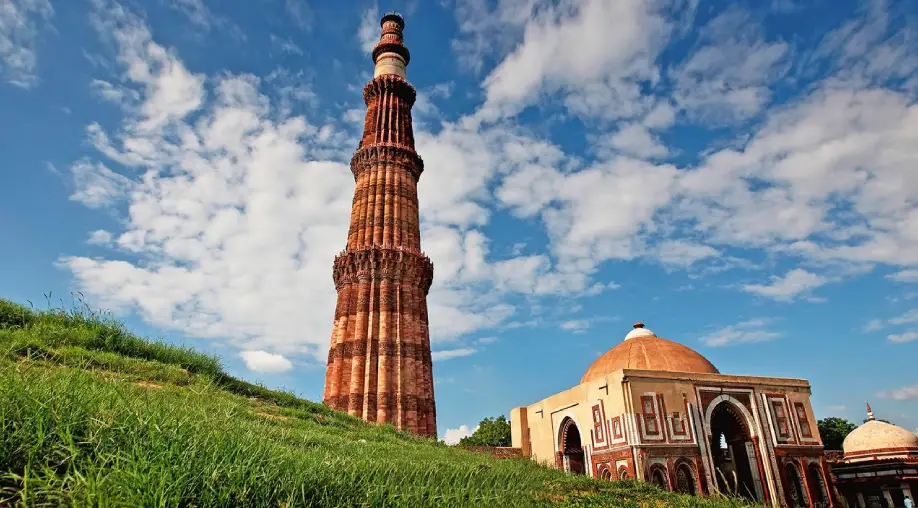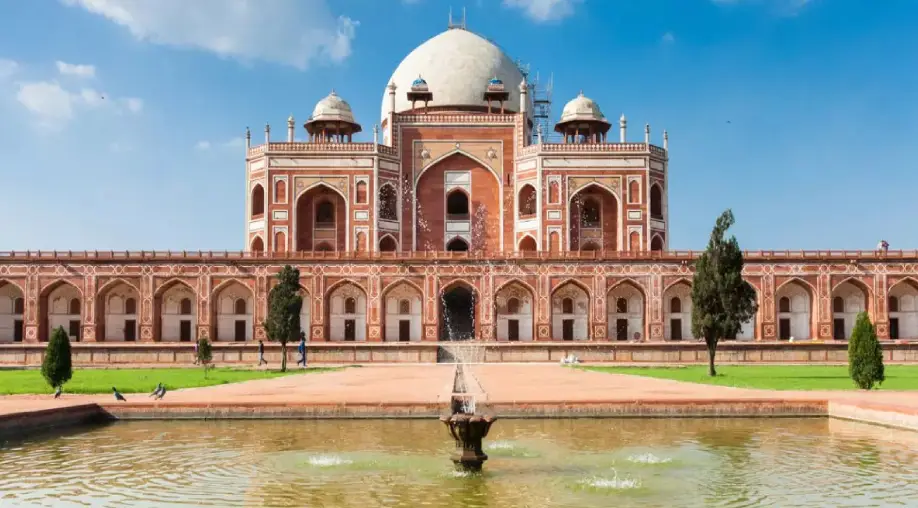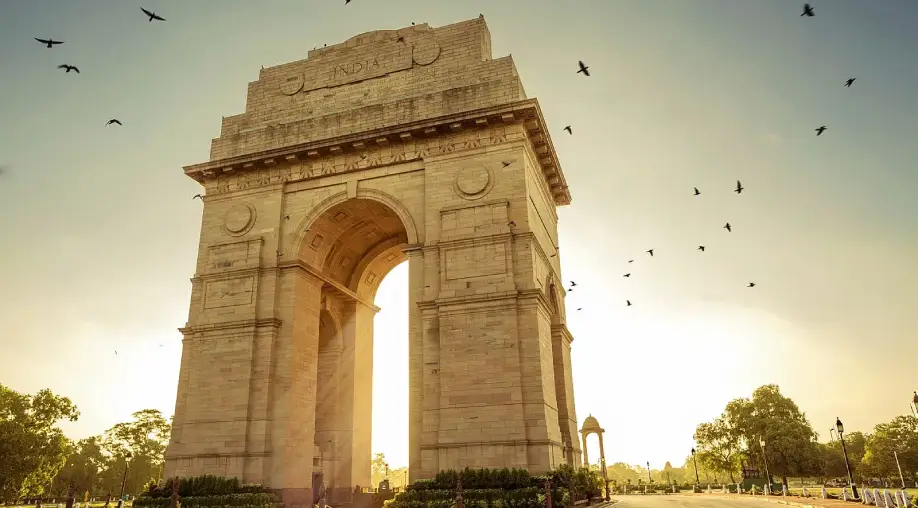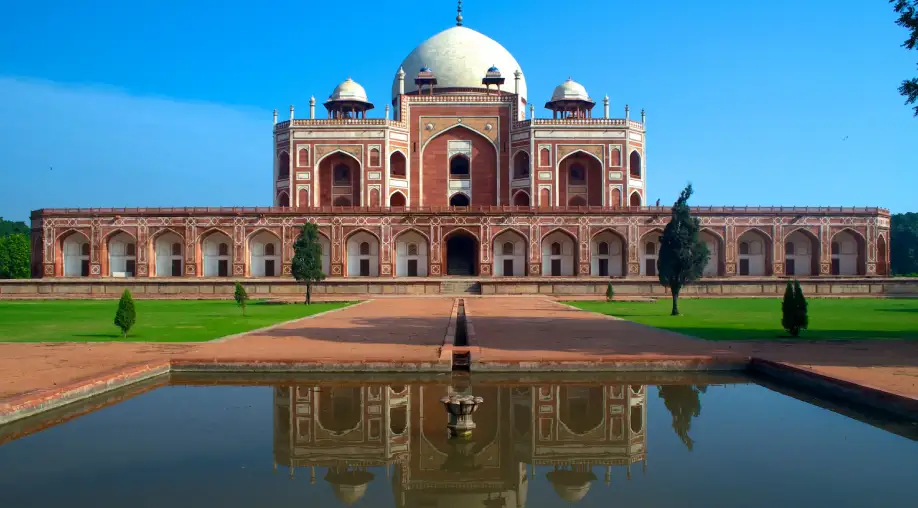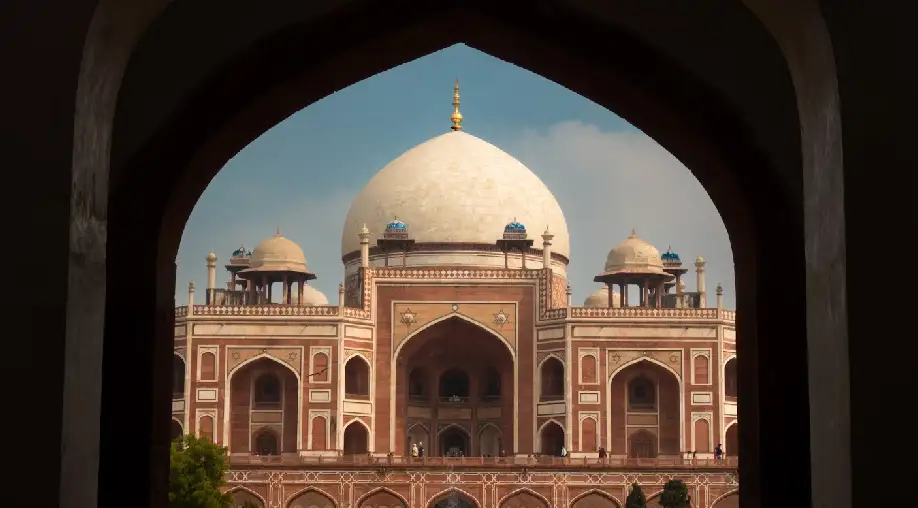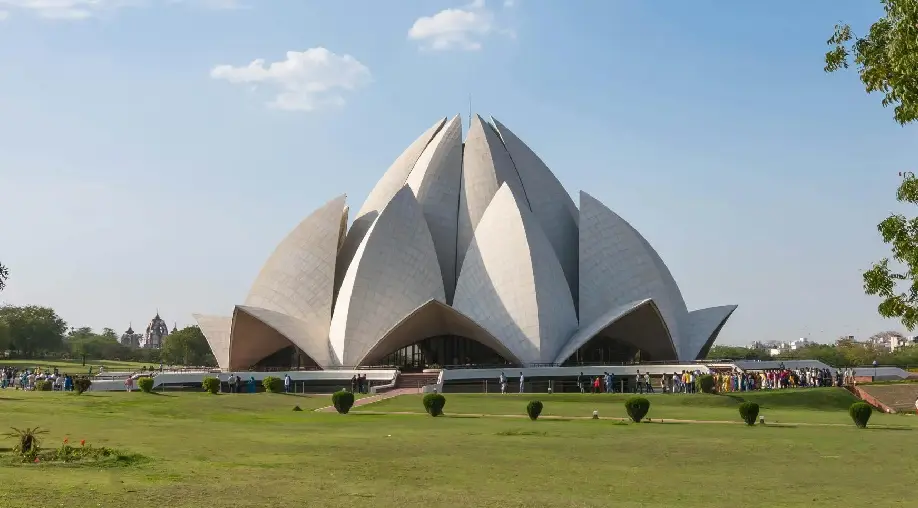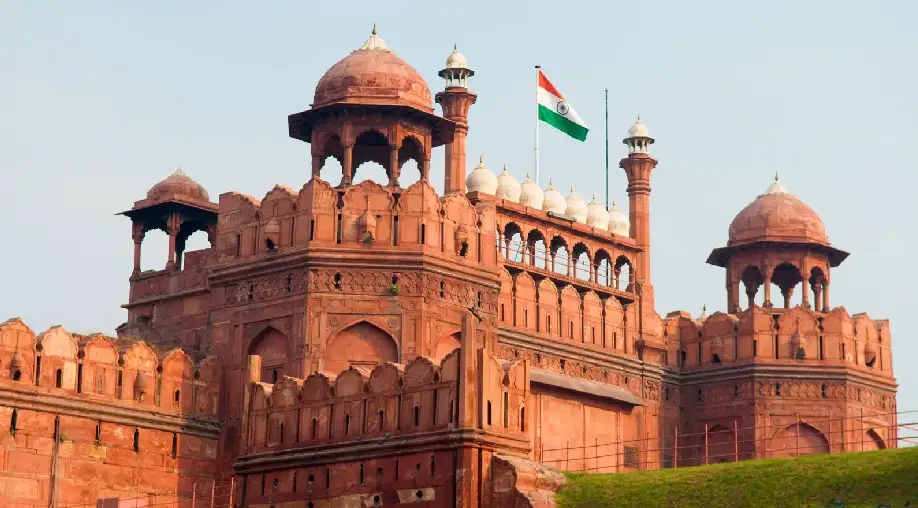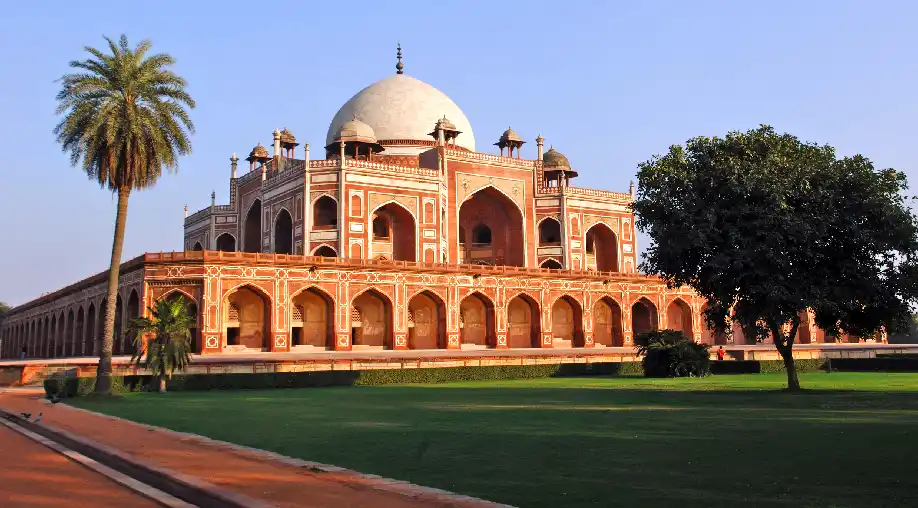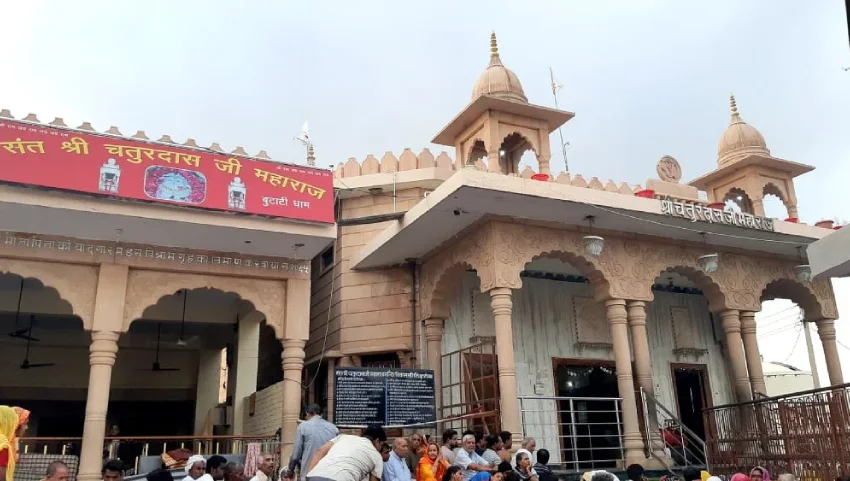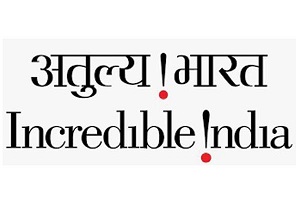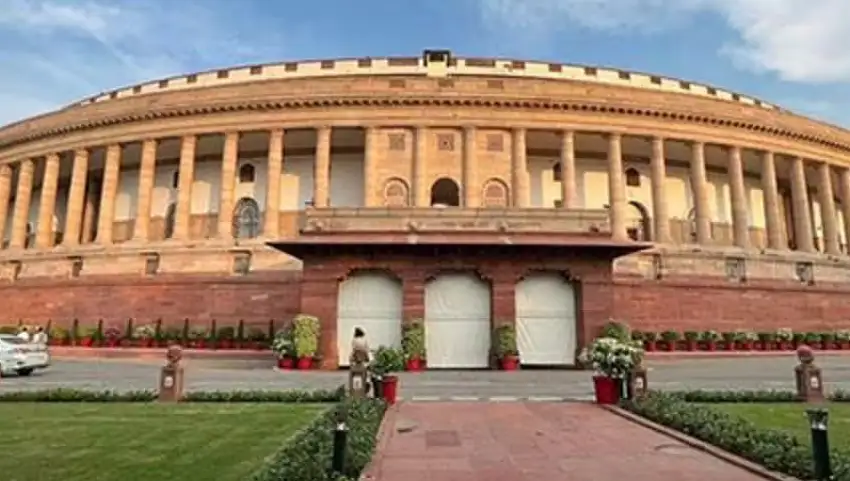
House of Parliament Delhi
Parliament House New Delhi is not only an implant of Architecture but also the controlling hub of India’s legislative body. Parliament House and the Indian democracy: Viewed against the architectural beauty of the Parliament House is the democratic principle, which is held supreme in the country. It is one of the best places to visit in Delhi for those interested in the political and architectural heritage of India.
Historical Background
Parliament House was built between 1921 to 1927 and was a part of the restructuring of New Delhi designed by the British architects Sir Edwin Lutyens and Herbert Baker. It was specifically constructed for the legislative assemblies of British India and the place later came to accommodate the Indian Parliament after India got its freedom in 1947. Among the famous places to visit in Delhi, Parliament House stands out for its historical and political significance.
Architectural Design
That forms the appearance of the parliament house with a circular structure which signifies unity and eternity. The structures are parts of Indian and Roman buildings, which also explain the various styles used to articulate the designs of the buildings in the current era. As one of the places to visit in Delhi, the Parliament House showcases an amalgamation of tradition and modernity.
Circular Structure: The building is circular with a diameter of about 560 meters, the principle of the circle means that there is no beginning and end or in other words continuous process of governance.
Columns and Domes: The Parliament House has a total of 144 columns and a big central dome which was designed in Indian style but the construction is totally in Roman style.
Four Entrance Gates: The entrance to the building has four large gates based on the cardinal directions hence enhancing the architectural design and accessibility.
Central Hall: The House of Commons comes from the large round-shaped hall known as the central hall where major sittings of the parliament are held.
Related Tour Packages
Unique Aspects and Symbolism
Not only does the Parliament House serve a political purpose but also has sociocultural significance aspects of Indian democracy. It comes in the shape of a circle to represent the principle of democracy where all people are supposed to be represented in the decision-making process without any direction being supreme. The architectural style selected is traditional along with a clear link to the current democratic dispensation in India. For visitors, it’s one of the famous places to visit in Delhi to understand the nation’s governance.
Conclusion
The Parliament House in New Delhi is one of the logos of India’s democracy as well as an example of fine Architecture. Due to its unique appearance and relevance from the point of history, it is a place that has to be visited by every individual irrespective of the fact whether he or she is a legislative heart seeker. As one of the best places to visit in Delhi, Parliament House offers a profound insight into the architectural and democratic heritage of India.




